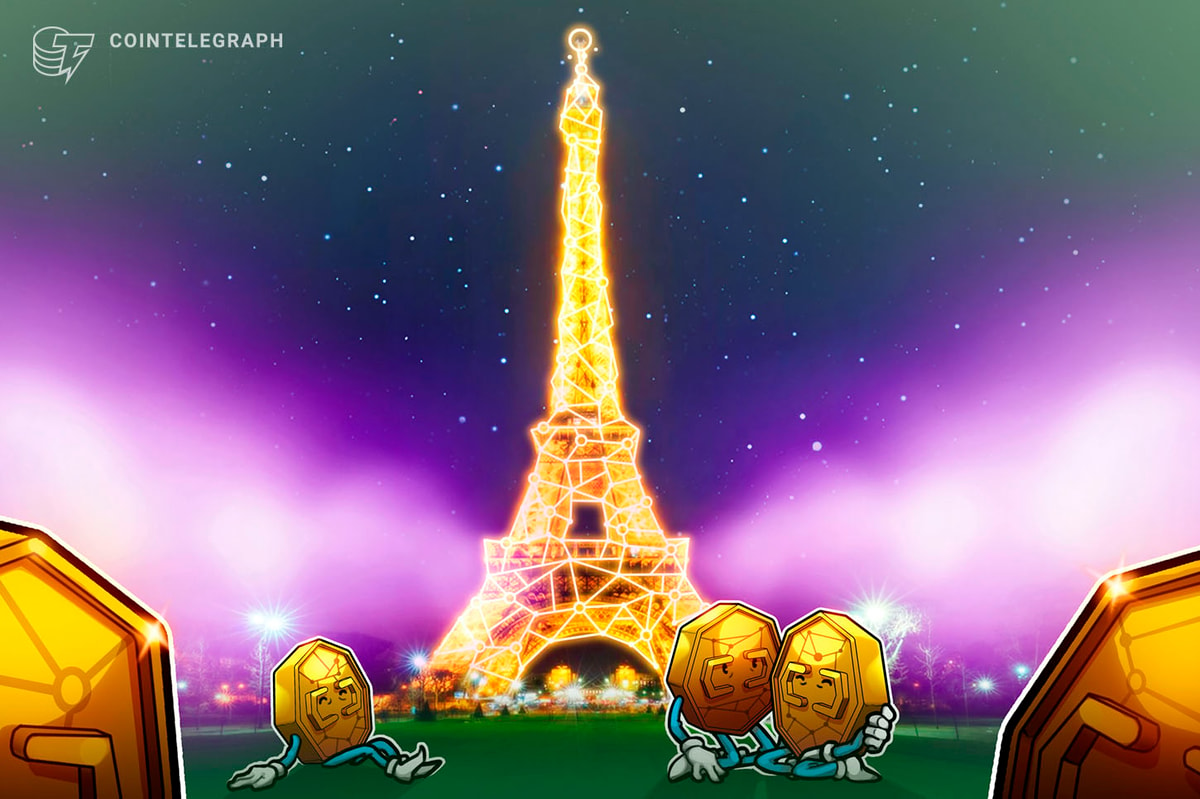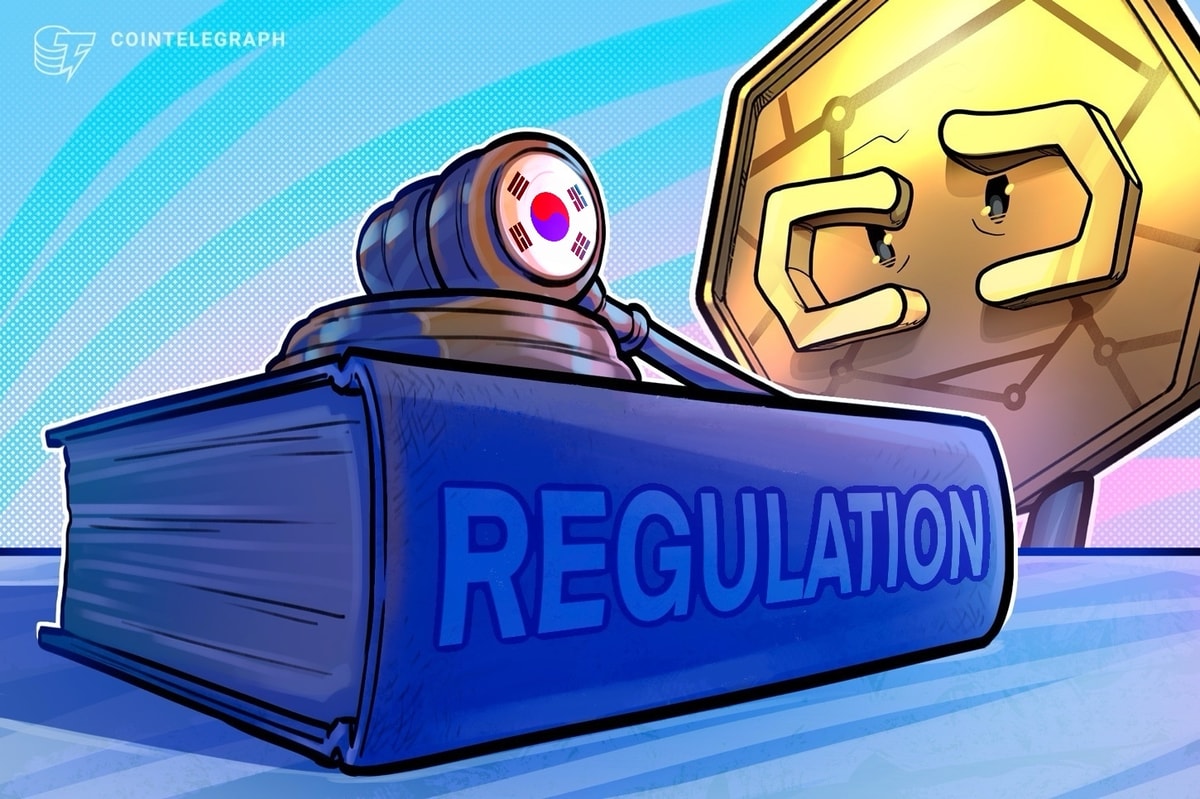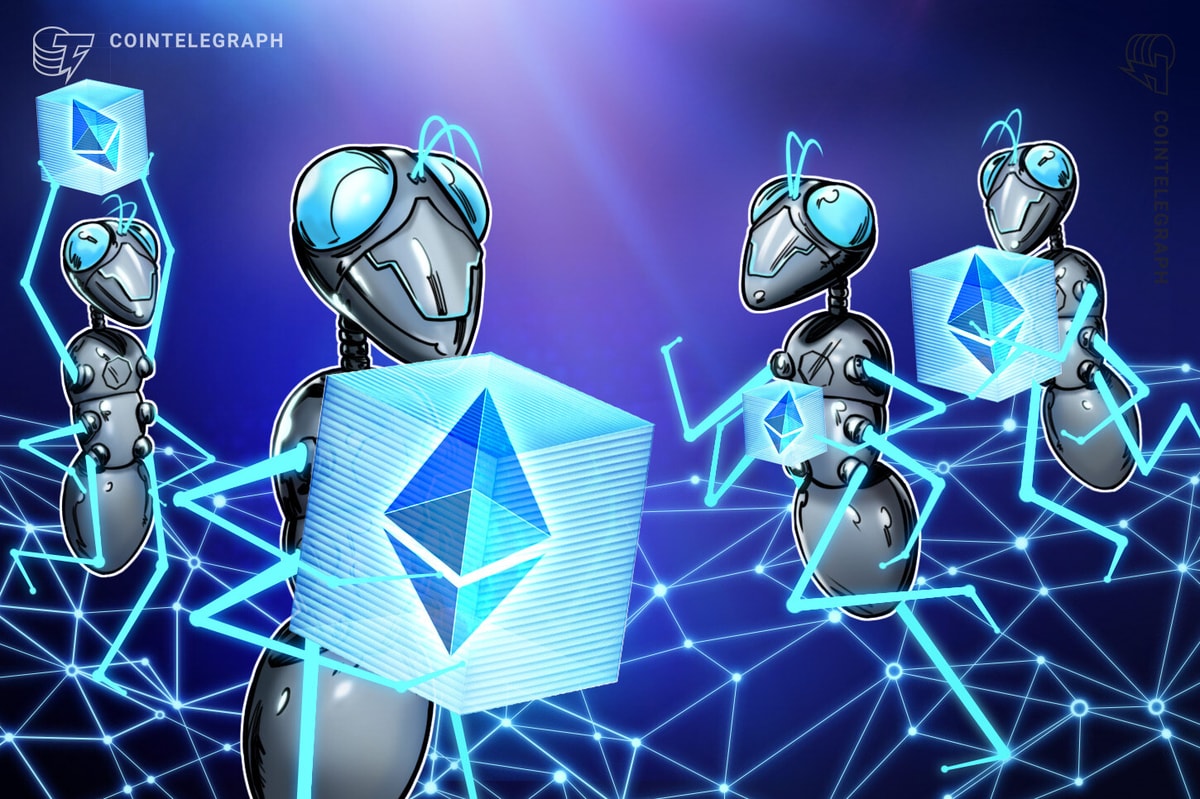Cryptocurrency and blockchains have long promised to reinvent finance—but digital assets have, to date, been characterized by extreme volatility.
To alleviate this risk, developers are turning to the physical world—tokenizing assets like gold, oil, and real estate to give digital currencies real backing and lasting value.
In this article, we’ll explore the tokenization of real-world assets, and what it means for the blockchain industry.
What is tokenization?
Before a real-world asset can be used to back a digital asset, it has to be tokenized.
Tokenization is the process of creating a digital representation, or token, of an asset on the blockchain, which enables ownership and transactions to be managed electronically and transparently.
How do you tokenize an RWA?
The actual process of tokenizing a real-world asset varies based on the protocol being used, but generally, the process will follow a similar pattern. Let's explore how you'd go about tokenizing a painting:
- Legal Structuring: To enable a compliant digital representation, the painting's ownership is transferred to a legal entity or trust.
- Asset Digitization: A smart contract is deployed on a blockchain like Ethereum or Solana to mint tokens, each representing a fractional interest in the painting.
- Token-Asset Link: The tokens are legally bound to the entity holding the painting, giving holders enforceable rights to ownership or value.
- On-Chain Trading: The tokens can be traded on secondary blockchain markets that support asset-backed tokens, offering liquidity and global accessibility.
- Governance & Settlement: If the painting is sold, proceeds are distributed automatically to token holders based on smart contract logic.
Use cases for Real-World Assets (RWAs) on blockchain
For Morgan Krupetsky, Head of Institutions and Capital Markets at Ava Labs, tokenization is crucial for unlocking global access to traditionally restricted financial products and puts previously illiquid assets to work by enabling them to be used as collateral through DeFi.
“Tokenization allows almost anyone with an internet connection to now access USDs, USD-based savings accounts, U.S. equities, and alternative assets,” Krupetsky told Decrypt. “It also enables the ability to more easily pledge assets as collateral and leverage DeFi primitives—putting historically trapped capital or illiquid positions to work.”
Here are a few use cases for real-world asset tokenization:
- 🏠 Tokenized Real Estate: Real estate properties are converted into blockchain tokens, and platforms like Propy and RealT enable users to purchase fractional ownership of homes and buildings.
- 🛢️ Tokenized Commodities: Commodities such as gold and oil are represented as blockchain-backed tokens, as seen with Paxos Gold (PAXG), which offers tokens backed 1:1 by physical gold.
- 🏤 On-Chain Lending with RWA Collateral: Assets like real estate or invoices are used as collateral for blockchain-based loans, with MakerDAO, Centrifuge, and Goldfinch offering lending services backed by real-world assets.
- 🖼️ Art and Collectibles Tokenization
Physical assets, such as fine art, rare collectibles, and even fine wine, are being tokenized for fractional digital ownership, with companies like Savea, Masterworks, and Mattereum leading the way.
For Sam Mudie, CEO and co-founder of UK-based tokenization firm Savea, RWAs also offer a bridge between the worlds of traditional and decentralized finance.
“Tokenization of RWAs is revolutionary for its ability to improve accessibility and scalability, operational and cost efficiency, security and transparency, and liquidity,” Mudie told Decrypt. “So the opportunities are greatest where the current inefficiencies are greatest.”
According to Mudie, tokenization could revitalize centuries-old industries, including wine, whisky, watches, and art. These industries, he said, operate on extremely outdated infrastructure in very limited markets still reliant on face-to-face relationships.
“Tokenization of these asset classes is a significant force multiplier,” he said.
Who is tokenizing RWAs?
A number of projects are already involved in tokenizing real-world assets, with over $10 billion worth of RWAs locked on decentralized platforms in March 2025.
Cryptocurrencies that claim to be backed by real-world assets include PAX Gold, tied to an ounce of gold stored in a London vault; Tether Gold, linked to a troy ounce of gold in a Swiss vault; and RealT, offering tokenized shares of U.S. real estate.
Companies focusing on tokenizing real-world assets include Avalanche, Centrifuge, RealT, and Securitize.
According to CoinGecko, the combined real-world asset market had a capitalization of approximately $37 billion as of April 2025. In March 2025, real-world assets accounted for $10.2 billion in total value locked across 79 DeFi platforms.
Challenges and regulatory hurdles
Before tokenization can become mainstream, Krupetsky said there needs to be clear regulatory guidance around stablecoins, especially in the U.S., and clarity on allowing the blockchain to serve as the legal record for tokenized assets.
“Until then, many securities remain dual-administered on- and off-chain, increasing cost and complexity,” she said. “We also need to see tokenized assets integrated into traditional distribution channels, which is starting to happen.”
- ⚖️ Legal Ownership: Holding a token does not always mean holding legal title; real estate and other physical assets often require traditional processes, such as notarized deeds or court filings.
- 📜 Licensing Requirements: Platforms offering tokenized assets may need broker-dealer or financial service licenses, depending on how the tokens are issued and traded.
- 🙋 AML and KYC Compliance: Token platforms must adhere to anti-money laundering and know-your-customer (KYC) laws, which may complicate onboarding.
- 🌎 Jurisdictional Conflicts: Physical assets are tied to local laws, but tokens can be traded globally, creating complex legal mismatches that are hard to navigate.
According to Centrifuge CEO Bhaji Illuminati, tokenization tends to fall into two categories: highly liquid, stable-yield assets, such as fixed income products, and harder-to-access assets with niche appeal, such as airspace rights or sports collectibles, which hold value primarily for passionate fans who would otherwise have no way to share in their ownership.
“It's recognizing that there isn't a buyer for everything—and there's no point in tokenizing assets without demand,” she said. “But there are different pockets of demand for different reasons.”
The challenge, Illuminati told Decrypt, lies in “matching supply and demand, and tokenizing products people actually care about,” while also rethinking how financial infrastructure is designed and operated.
“This isn’t about tokenizing a TradFi structure for distribution, it’s about rebuilding the operating model from the ground up,” Illuminati said. “This represents the largest opportunity for crypto infrastructure to fundamentally improve how financial markets operate.”
The future of tokenized RWAs
As technology continues to bridge the gap between the physical and digital worlds, tokenized RWAs are poised to redefine how we invest in and interact with tomorrow's real world assets—with some predicting that the space could reach as much as $50 billion in value by the end of 2025.
“Tokenizing RWAs is one of the first major use cases for blockchain technology,” Savea’s Mudie said. “Rather than submitting to this idea that crypto replaces the traditional financial ecosystem—the dream of many a degen—it augments it. Real-world assets have been invested in for decades or even millennia. Tokenizing them is just the next step in their evolution.”
Daily Debrief Newsletter
Start every day with the top news stories right now, plus original features, a podcast, videos and more.

 6 months ago
75
6 months ago
75








 English (US) ·
English (US) ·